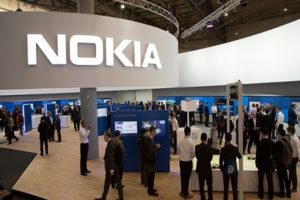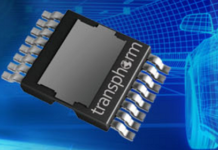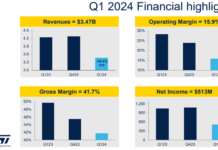
Telecom equipment and software maker Nokia today announced the next-generation fiber access solutions- 10Gbps passive optical network (PON) and point-to-point (P2P) fiber- for the 5G era.
Telecom operators will benefit from the capacity, scale and flexibility needed to support network densification in the 5G era by making investment in Nokia’s 10Gbps passive optical network (PON) and point-to-point (P2P) fiber, two main additions to its mobile transport solution.
Nokia said its mobile transport solution enables mobile operators to leverage existing passive optical networks used in Fiber-to-the-home (FTTH) deployments and gain the capacity and coverage 5G requires.
“Fiber networks and next-generation access technologies such as XGS and TWDM-PON are uniquely positioned to address the evolving mobile transport needs in the era of 5G,” said Rupert Wood, research director at Analysys Mason.
There is no need for telecom network operators to make additional investment in creating parallel and dedicated networks. This means, operators can cost-effectively connect radio cells to a fixed network and introduce more bandwidth as service needs increase.
The number of small cells is expected to grow at 38 percent CAGR through 2021 and this flexibility will be critical as networks evolve to better address ultra-broadband demands.
Nokia said its mobile transport solution includes new enhancements to its 7360 ISAM FX access node and 7368 ISAM ONT optical network termination devices, delivering the multi-gigabit capacity needed to support the massive throughput requirements and cell densification 5G requires.
Nokia said its ISAM combines carrier-grade transport capabilities with synchronization support for 3G, 4G and 5G mobile transport networks, providing mobile operators such as Du and Telefonica with access to the flexibility needed to ready their networks for 5G.
The enhanced mobile transport solution is being used as part of a Bell Labs proof-of-concept that demonstrates the flexibility of 10G symmetrical PON networks for low latency applications such as mobile fronthaul.
By adding gateway functionality to a next-generation PON network, Nokia is able to convert mobile fronthaul CPRI signals to Ethernet. The proof of concept validates the readiness of PON for fronthaul and its Ethernet-based evolutions for the 5G era.
“Our solution allows operators to access existing PON networks that have unlimited capacity to meet their needs today, with the added flexibility to add 10G PON evolutions gradually as demand for more bandwidth and services increases,” said Federico Guillen, president of Nokia Fixed Networks, in a statement.
Federico Guillen said the massive throughput and cell densification strategy of 5G make it a perfect match for existing FTTH deployments.
Source: http://www.telecomlead.com/


















